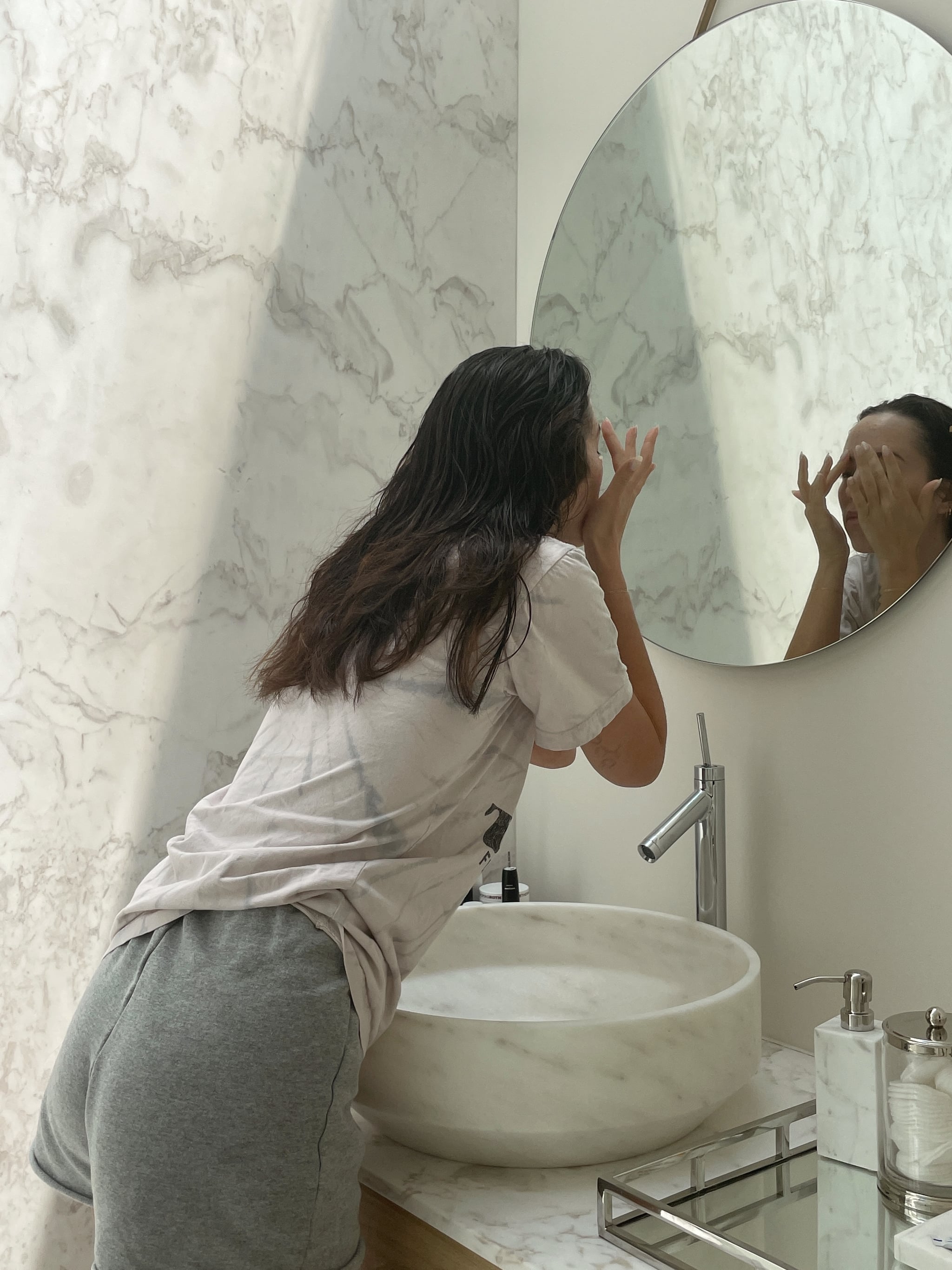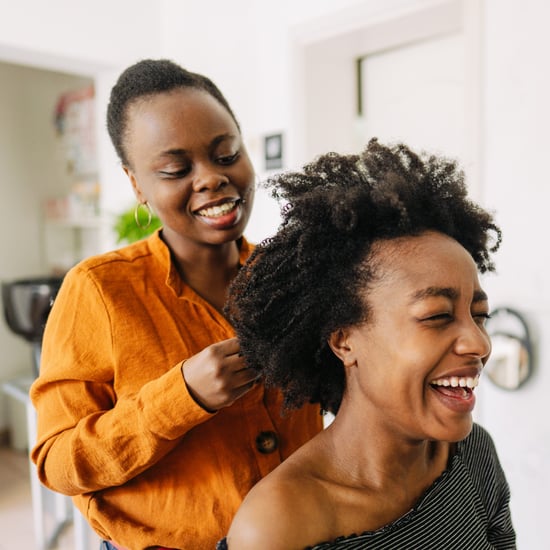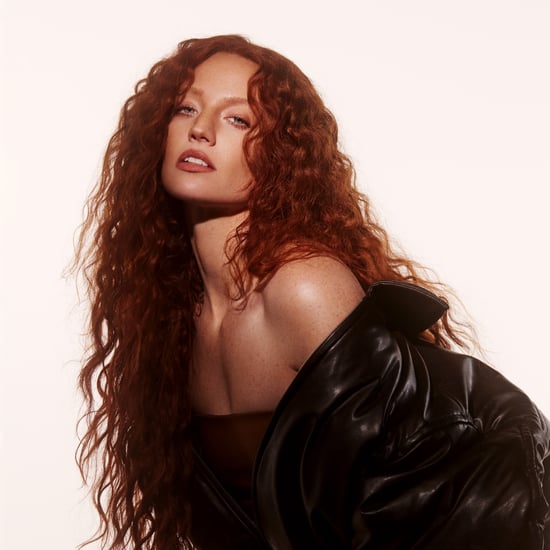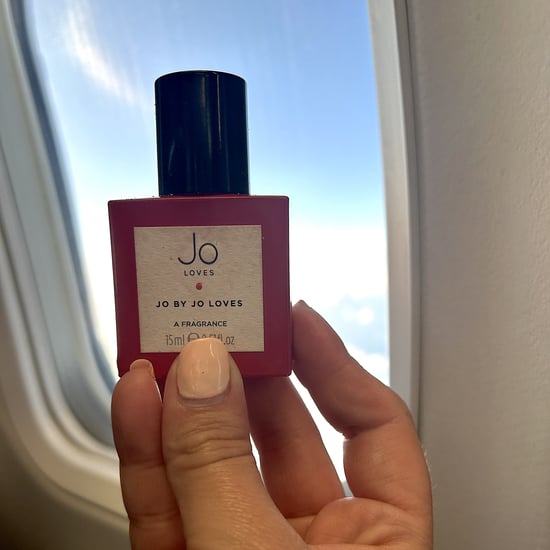How I Manage My Beauty Routine With OCD: Personal Essay
How OCD Impacts My Beauty Routine — and What I Do About It
It's 9 pm, and for the next two and a half hours, I know exactly how my night is going to go: I'll head upstairs and do a "preliminary" brush of my teeth, floss, and then brush again. I'll clean out my Invisalign, pop them in, and wash my face. I'll apply moisturiser, face oil, and Aquaphor, and then take a body shower. I'll hop out and dry off, starting with my left arm, then my right arm, left leg, right leg, and back. I'll apply body lotion, pick out my pajamas, and head to my bedroom, where I'll turn on my ceiling fan, my standing oscillating fan, and my white noise machine. I'll be physically in bed at 10 pm. Once there, I'll take my melatonin and my acne medicine. I'll read until 11:30 pm, at which point I'll turn out the lights and go to sleep.
My entire life is filled with routines. Most of the time, they are useful and constructive for someone like me — clinically diagnosed with obsessive-compulsive disorder (or OCD) — but routines can be a slippery slope. For anyone unfamiliar, OCD is a disorder in which a person experiences intrusive thoughts or images (obsessions) that trigger an emotional response such as anxiety or distress. To "neutralise" said thoughts or emotions, people with OCD tend to repeat behaviours or mental acts (compulsions).
Before I was officially diagnosed, it was hard to recognise when things I became "interested" in were obsessions. I would hyper-fixate on things and believe that my feelings were completely warranted and normal. Years ago, when talking about multi-step beauty routines became popular on social media, I became transfixed with the idea of having a beauty routine of my own. Although at the time, the only beauty product I used every day was a moisturiser, I felt an urgent need to do more. I booked my first ever visit to a dermatologist to ask what products I should start using on a daily basis. When my dermatologist told me "less is more," and explained that a cleanser, moisturiser, and SPF were enough, I scoffed. I wanted a multi-step routine, preferably with products all from the same aesthetically pleasing brand.
Looking back and knowing what I know about skin care today, the notion seems silly. Now I can see that the idea of having a beauty regime was an obsession, rather than just something I was interested in doing for the health and benefit of my skin. But in the moment, it felt dire — and not having the kind of routine I wanted left me feeling panicky and uneasy.
These days, my routine actually does encompass the "less is more" mentality, but I still have to be careful that I don't become too obsessed with the actual steps within my routine. In addition to ERP, or exposure-response therapy, there are tiny steps I take in my daily life that help me gauge what the driving force is behind my routines. Here's what helps for me.
How I Manage My Beauty Routine With OCD
Tip 1: Pause. When I find myself caught up in a routine, I take a second to pause and ask myself if I need to complete the task I'm doing right now. If there's a sense of urgency to complete it, and it isn't because I'm running late, it's usually a sign that my OCD is pushing me. When this happens, I try to walk away from the task — even if it's only for a minute — so I can give myself a little room to breathe. Usually, if I'm able to walk away for a minute, I can push myself to walk away for a longer period of time, which helps me break my OCD "rules."
Tip 2: Switch Things uP. My routines make me feel safe and productive, but if it ever feels like I'm completing them compulsively, I try to switch things up. Instead of doing things in the exact order I normally would, I'll change the order up, even if it's just the tiniest bit. Instead of brushing my teeth first, I'll start by washing my face, or instead of winding down at exactly 9 pm, I'll head up at 9:04. I've found that any little "break in the routine" helps to make sure I'm doing something because I want to, not because my OCD or my intrusive thoughts are telling me to.
Tip 3: Set Limits. If my beauty routine is taking up so much time that it's interfering with other aspects of my life, or if I have to complete certain aspects of it over and over again until it feels "right," it's time to make a change. Setting limits and only allowing myself a certain amount of time to shower or do my skin-care routine can help to make sure I don't get stuck in an obsessive loop.
Tip 4: Be Flexible. If I find that any of my routines are becoming too rigid, and I'm not able to be flexible about when, where, or how I'm completing them, I change things up. I'll have a conversation with my boyfriend while I'm completing a task, or I'll watch TV – anything to break up the routine.
Learning how to manage how my OCD presents itself in my day to day is a constant learning experience, but it's something I'm getting better at every single day.







